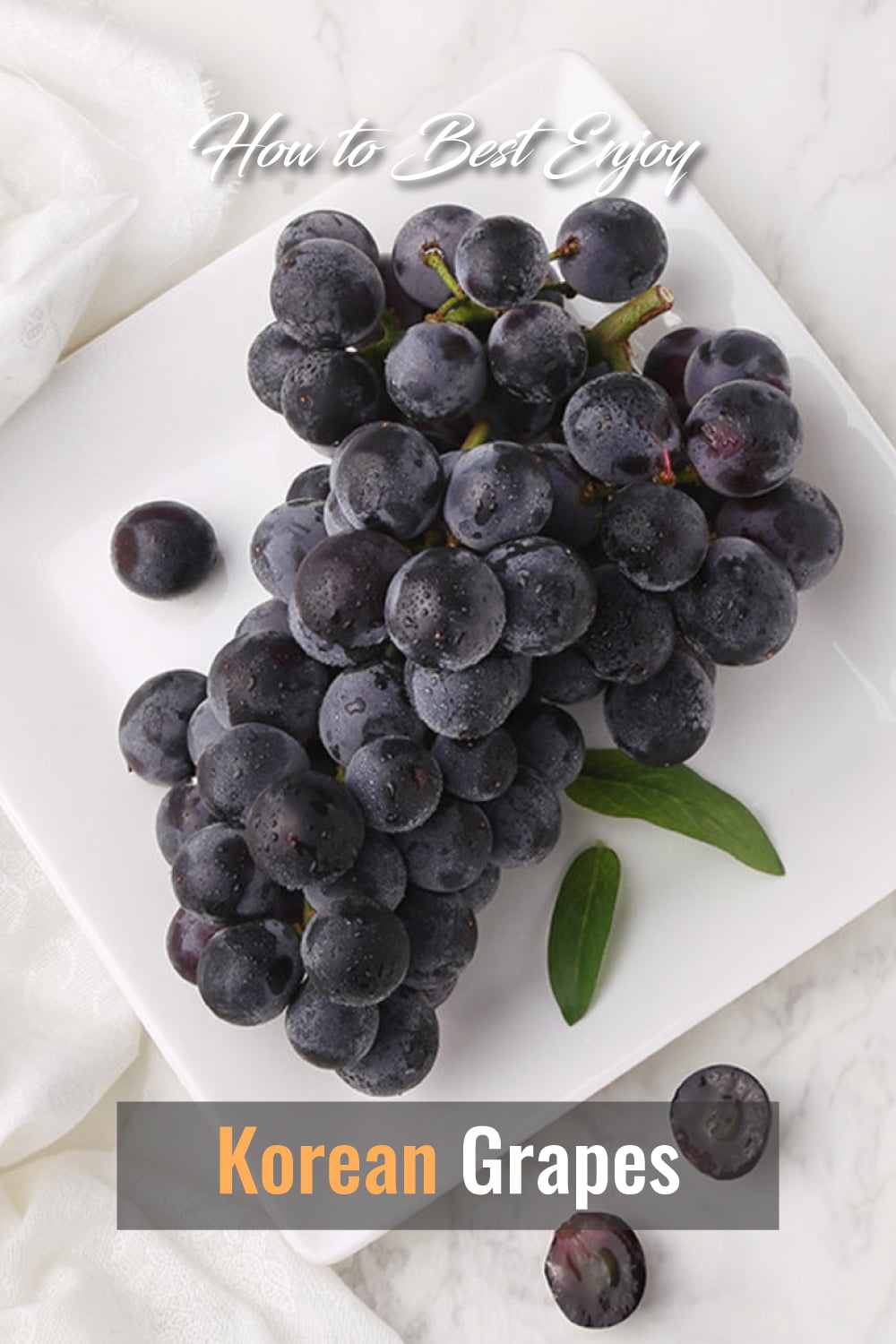Korean grapes will satisfy your sweet tooth in a healthy-ish way.
Here are the types of Korean grapes and how to best enjoy them.
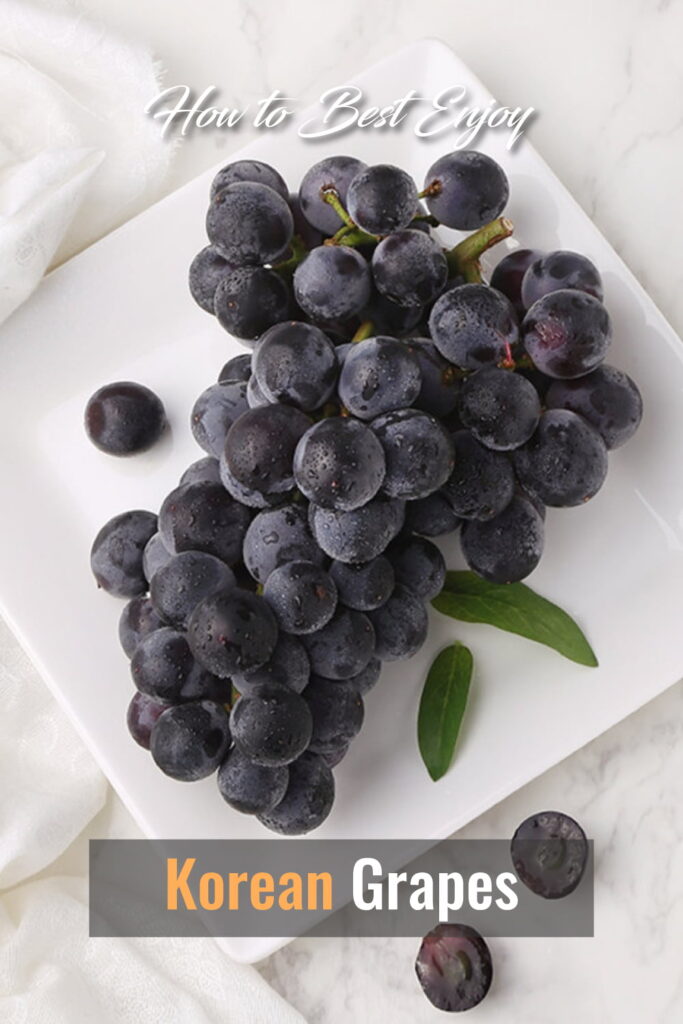
Quick Summary
- Grapes are called podo in Korean.
- Korean grapes are considered a summer fruit, and they’re best from July to August.
- Campbell Early is the most common grape Koreans eat.
- Shine Muscat has become THE green grape in South Korea.
Korean grapes are known for being sweet, tart, and expensive.
Grapes grow wild in Korea, but no one’s sure when or how they got there.
We do know that grapes made their way to China from Central Asia sometime after 114 B.C.
Grape drawings appear a lot throughout Korean history, so it could’ve been anytime, either during Three Kingdom Period, Goryeo, or Joseon Dynasty.
One thing’s for sure, Koreans wanted more. So much more that they import and localize them. Now, grapes can be found in every household during summer.
Along with Korean grapes, fruits like watermelon and peaches are best eaten in SUMMER. These juicy gems of the vine will recharge you when you’re low on sugar.
What are the most common types of grapes grown in Korea?

You can find a variety of grapes at Korean grocery stores now, like Sweet Sapphire, Candy Heart, and Sweet Globe.
Other than the new ones imported mostly from the States, there are 4 main kinds grown in the motherland.
Interesting Facts!
Koreans color-code grapes differently from the States.
Most Koreans think of purple grapes when they hear “podo (grapes in Korean)“.
- Blue grapes are considered “purple” in Korea, and are simply called “podo (포도)“.
- White grapes are “green” in Korea, and referred as “cheong podo (청포도)“.
- Red grapes are relatively new to the country, so we use “jeok podo (적포도)“, the same as “red”.
1. Campbell Early (캠벨포도)
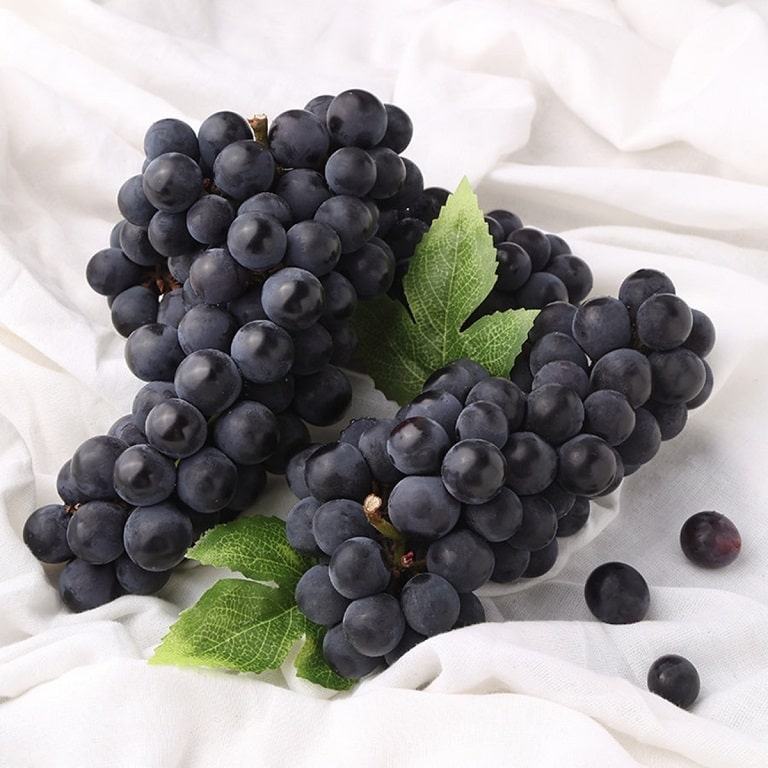
This is what Koreans think of when we hear the word, grape.
Initially from the USA, Campbell Early are the most cultivated variety in Korea. Locals call them “Campbell Podo” or simply “Podo“.
They’re a medium-sized, purple, slip-skin, seeded grape with a rich flavor.
Campbell Early are best eaten fresh, or juiced!
2. Kyoho (거봉)
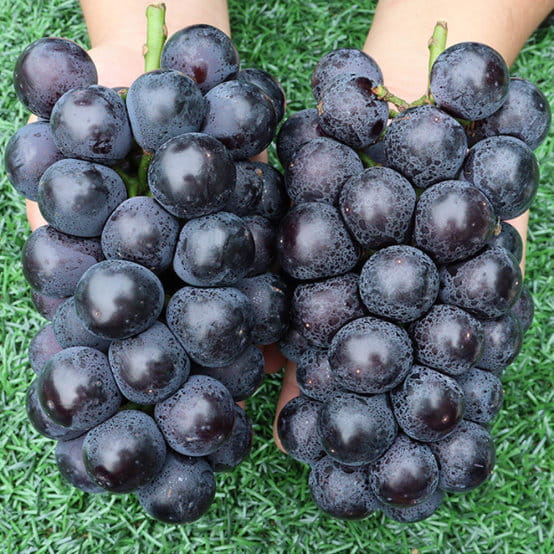
Originating from Japan, Kyoho in Japanese or Geobong in Korean is almost like a candy version of grapes.
They’re very large, purple, and super sweet!
Most Koreans peel the skin off before eating them.
3. Muscat Bailey A (MBA) (머루포도)
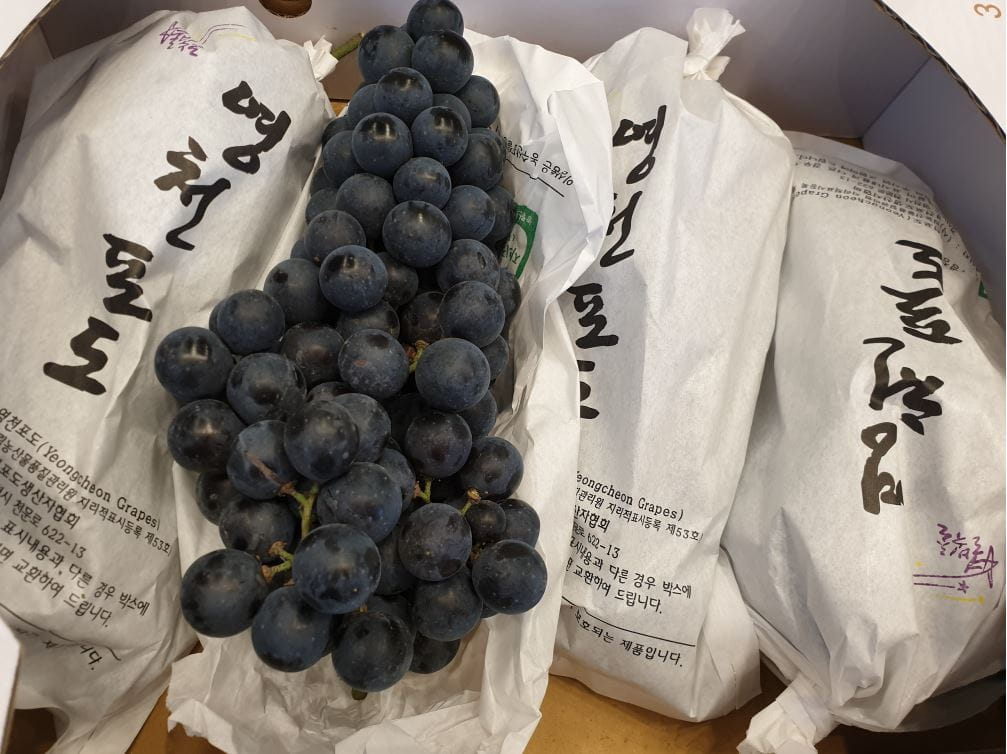
Korean MBA Grapes are called “Meoru Podo” due to their Meoru-like flavor.
Meoru is the wild grape mentioned earlier. You can even check out Meoru Wine Cave in Muju, Jeollabuk-do.
Meoru Podo became famous after being served at the 2007 inter-Korean summit.
They have a rich fruity flavor that makes the wine version really sweet!
4. Shine Muscat (샤인머스켓)
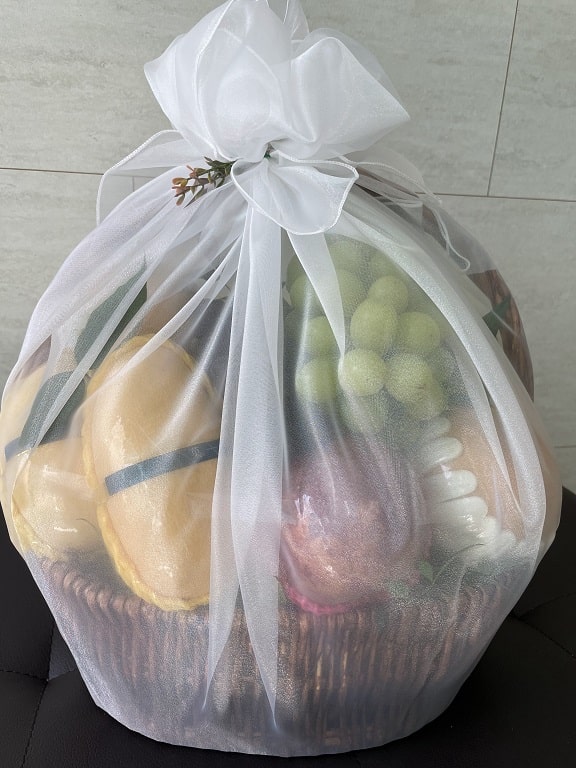
Originally developed in Japan, Shine Muscat has become THE green grape in South Korea.
They have a high sugar level, low acidity, crisp texture, and muscat flavor.
Some Koreans call them “Mango Podo“, probably because they’re sweet. But, I don’t find them mango-flavored at all.
Since Shine Muscat are expensive, they’re considered a premium fruit, and a must for any fruit basket.

How do Koreans enjoy grapes?
1. Eat them!
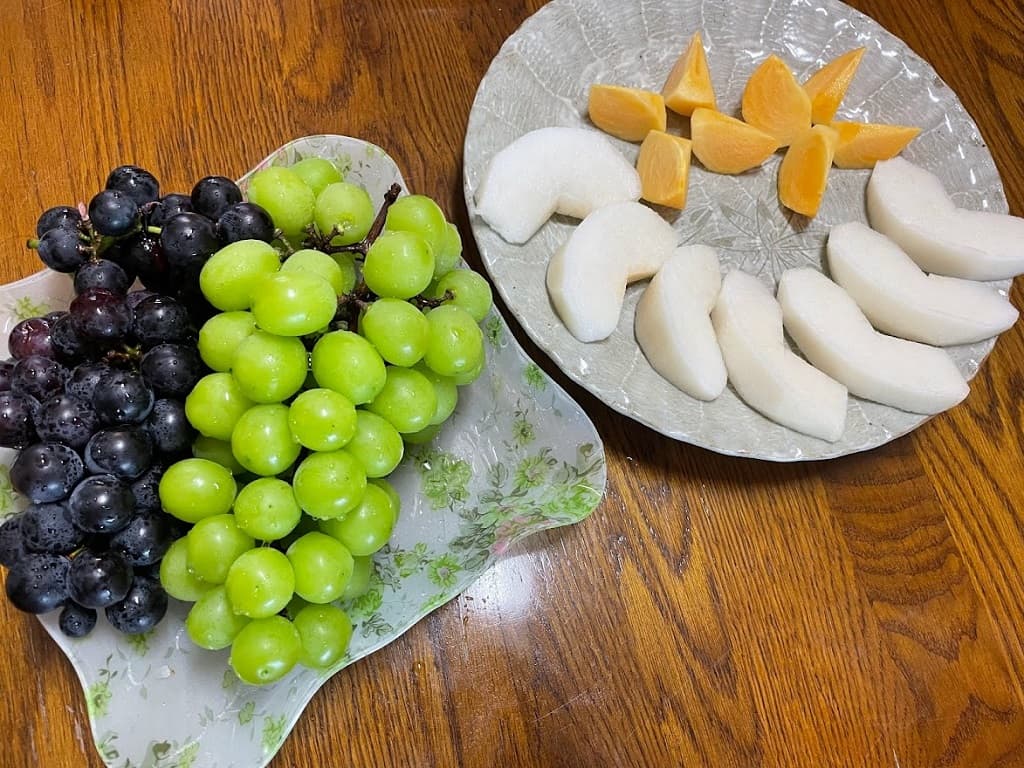
Koreans love to eat fruits as a dessert right after a meal. It’s a healthier and better way to manage weight.
When you visit someone’s house, you’ll most likely get some welcome fruit.
Grapes are perfect, because you don’t need to prep much! All you need to do is rinse them.
2. Make Cheong Podo Cheong (syrup) for Korean grape drinks
Koreans make cheong (청: sweetened fruits in syrup, or compote form) often to transform fruits into drinks!
Once you have this syrup, Korean green grape ade is a cinch. Simply add sparkling water and you’re done.
Insider Tip!
If you want to try something new, check out Haitai Grape Juice Bongbong (포도봉봉) at a grocery store in K-town. Not only is it fun to say, it’s also fun to drink. Don’t be surprised to find multiple grapes inside!
3. Make super healthy grape juice
I grew up having grape juice (포도즙) in Korea. After moving up north, my mom would send a box of it to Seoul once in a while.
It’s quite different from what you’d get at a store. Jeub is a healthy and rich juice without sugar added. It feels more like an extract that comes in individual pouches.
You can also make Korean grape juice with a steam juicer!
4. Try to make wine at home, but in a Korean way
When Koreans mean “wine wine”, we say “wah-in”, just like in English.
For a traditional Korean home-made version, it’s usually called, “Podo Joo (포도주)“, which is simply fermented with sugar. As you can imagine, it tastes more like a dessert wine.
5. Bake a Shine Muscat cake
Or, you can bake one at home.

What is the Korean word for grape?
Grapes are called podo (포도), pronounced poh-doh in Korean.
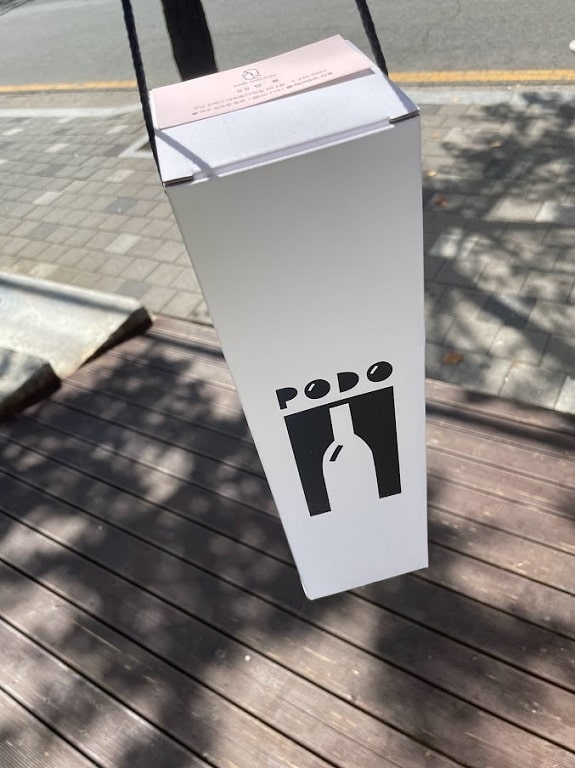
How many calories do Korean grapes have?
54 kcal per 100 g (3.5 oz)
When is Korean grape season?
Grapes are considered a summer fruit, and they’re best from July to August!
